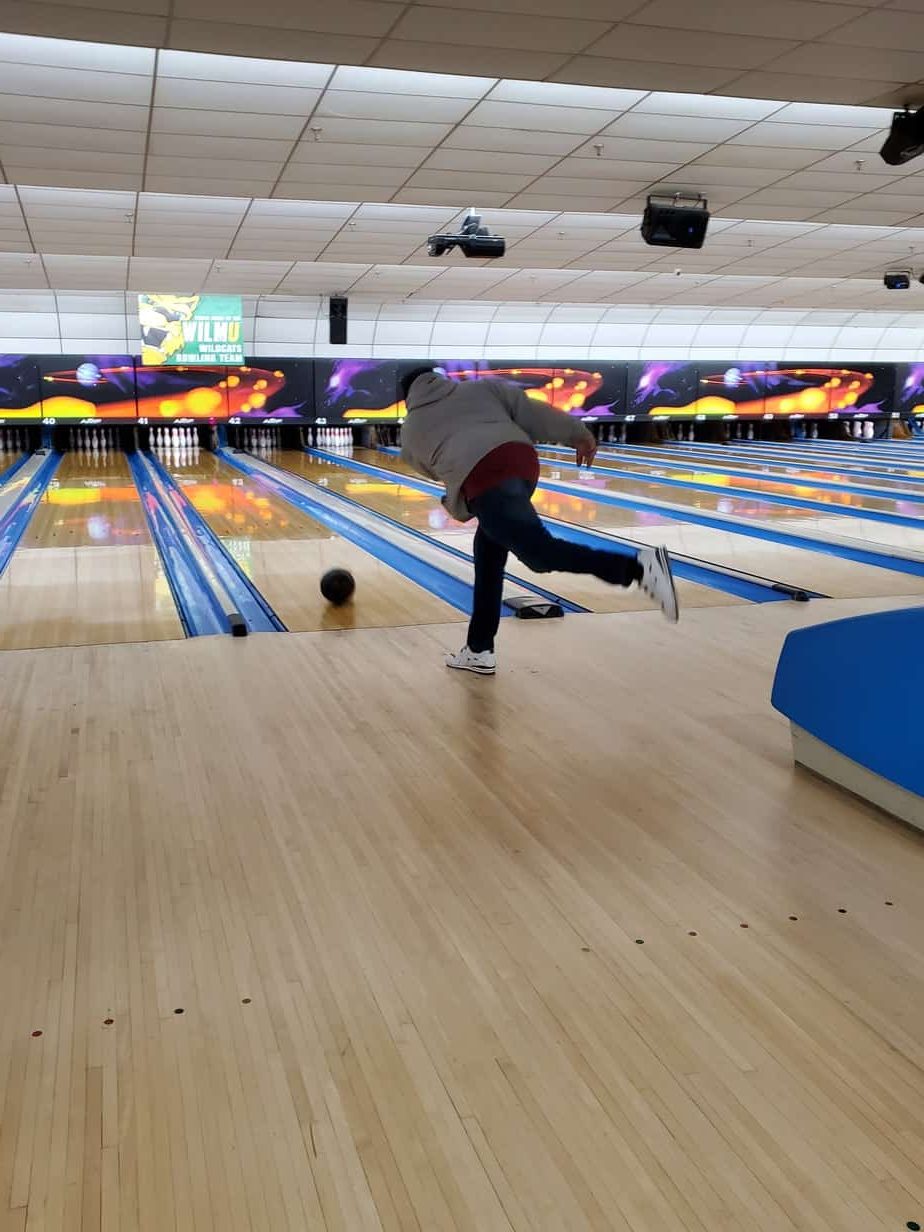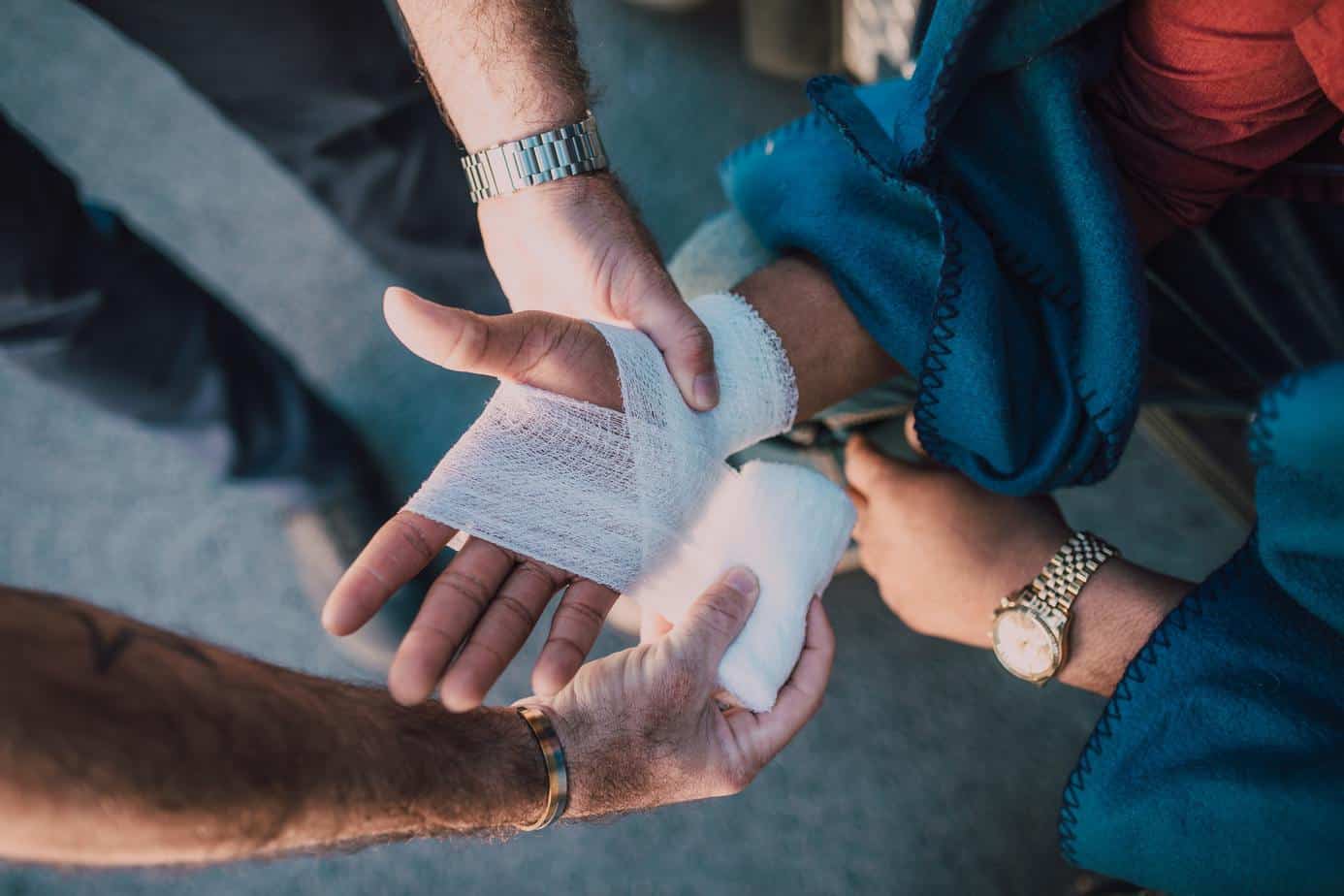Bowling is a relatively mild sport in terms of a toll on the body, with no strain on the joints. Warming up is always crucial, though, to prevent tension on your palms, wrists, ribs, and shoulders. Bowlers are vulnerable to a wide range of acute (traumatic) and permanent (overuse) injuries. The exercise’s essence places significant pressure on muscles, tendons, and ligaments, making such athletes prone to strains and sprains. Injuries to the fingertips, wrists, elbow, and shoulder are typical. Knee and lower back injuries, on the other hand, are relatively joint. Injuries from slips and dislocations or sprains from fingers being stuck in the holes of the ball can occur.
If you bowl daily, you’ve already seen other bowlers warming up, and indeed you do as well! Although warming up is an easy move to overlook, it is critical to bowl your best and reduces your risk of injury. Continue reading to discover those excellent bowling warm-up exercises that you can use the next time you bowl at Lanes!
What Stretches Should I Do Before Bowling?
Stability can help you improve your bowling skills while still preventing strains and accidents. The body’s most critical parts to aim for bowling are the wrists, arms, elbows, upper back, and upper legs.
- Lunges – Place your hands on your hips and make a lunge. Move one foot forward and the other back two or three feet apart, based on your height (closer to two feet if you’re tiny, more if you’re tall). Maintaining a straight back, bend your front knee, and straighten your back knee to forward your weight. Hold the place for ten seconds. Return to your resting site. Repeat this procedure 8-12 times for each leg (reverse stance).
- Overhead Stretch – Extend your arm above your head and bend your elbow. Your fingertips can tickle the back of your neck. Grab your elbow with your free hand and tug slightly. Take a breather. Tilt sideways at the hip for an extra length. A stretch can be felt down the side of the belly. Repeat for each arm 2-3 times.
- Flexion and extension of the wrist – Extend your arm out in front of you. Grab your fingertips with your other hand and slowly draw down until you feel a stretch around your forearm. Hold the place for 10 seconds. Now, undo the motion and gently pull your fingertips up and down. Hold the position for 10 seconds. Repeat for each arm 2-3 times.
- Cross Stretches – Draw your arm over your chest horizontally until you notice a stretch in your back. Hold the place for 10 seconds. Repeat for each component 2-3 times.
- Workout recommendation: just before bowling to help avoid injuries, plus an extra three days a week to improve versatility over time. You may also do both by bowling three or more days a week.
Although these bowling stretches are perfect for warming up, they can also make you remain fit and strong during a game. Also, never stretch just one side of the body; always stretch both sides to ensure balance.
Legs
- Bend at the hip and cross your toes to stretch your hamstrings.
- Standing on one foot, bend and raise the other knee backward. Stretch your quadriceps by grasping your raised foot with your hand. Repeat on the other side.
- Lunge forward on one knee while holding the other foot flat on the ground behind you to stretch your calf muscles.
- Extend your posture by extending your feet over your elbows. Lift your arms and lean to one side, then return to your starting spot. Step over and place your palms on the deck, bending into the stretch. Return to your starting spot and shift your weight to the opposite foot.
Shoulders
- Stretch your arm straight out in front of you and slowly swing it in a full circle, first forward and then backward. Repeat on the opposite arm. This can help to relax the shoulder joints and arm muscles, which are essential for bowling.
- Stretch your upper arm and back by reaching one arm around your chest and softly dragging it towards you with your other arm. Repeat on the opposite arm.
Wrists and Hands
- Straighten your arms in front of you. Drop your hands (imagine you have a zombie’s arms) and slowly point your fingertips back into your body before you feel a stretch. Reverse the action by lifting one hand as if to make a “stop” gesture and softly pushing the fingers down towards the body with the opposite hand.
- Hold your arms above your shoulders, palms facing the ceiling, and interlace your thumbs.
- Try these thumb, finger, neck, and wrist strengthening exercises.
How Do I Strengthen My Wrists For Bowling?
For sustained progress in bowling, it is critical to have strong wrist and forearm muscles. Wrist exercises enhance wrist power, which aids in increasing ball speed and rev rate while offsetting the bowling launch’s constant motion.
While it can seem strange, having a stronger wrist will help you reduce the grip pressure on the bowling ball, resulting in a faster release and a stronger hook. This type of wrist workout can be performed with a dumbbell, soup can, and weighted ball.
If you’re having trouble keeping a steady bowling release, you might need to improve your wrist. Swinging and throwing a hard bowling ball requires ability and stamina to last for many games of bowling.
The smoother your wrist and elbow, the more you will be able to handle your release technique over a long span of games. If you are an adult with a tiny body and little stamina, or a junior or professional bowler using a lighter weight bowling ball, you will gain from strengthening your bowling wrist and forearm.
Athletes must gain the requisite strength to compete in every sport. Bowling requires you to swing and throw a much heavier ball than any other sport, except for shot put in track and field competitions. Increasing your strength benefits your game.
Improving a better grip may be as simple as gripping a tennis ball or a handball several times per day. If you start grasping one of these style balls fifty times a day, three times a day for a month, your grip will relax, and you will be able to bear the weight of a bowling ball.
If you don’t want to grip a tennis ball, you can buy cheap hand strengthening machines at nearby sporting goods shops with handles that you keep between your palms and squeeze together repeatedly.

Simply performing the same recommended regimen of pressing the handles together 35 – 50 times three times a day for a month will amaze you with how much your grip strength strengthens. Your forearms would also profit.
Don’t let someone tell you that you wouldn’t need a tight hold on your bowling ball to bowl well. Before one can let go of an entity, one must first grip it firmly.
Holding and tossing a fifteen-pound bowling ball needs forearm and wrist power to drive the bowling ball at an average pace of 15-17 mph, striking a one-inch wide mark, and knock over 35 lbs. of “pin timber” on the back ends of 60-foot-long lanes. Wrist assistance can also be helpful to you. Wrist supports hold weakened wrists supported, allowing for more stable release and performance! You will boost your bowling ball gripping power regardless of your age or physical ability.
With a bit of effort, you will reap the advantages of better ball speed control and precision, which will ultimately lead to increased scoring.
How Do I Make My Shoulders Stronger For Bowling?
Bowling ball shoulders are among the most sought-after features by men. Broad shoulders and thick traps are instantly visible and impressive. The width gives the impression of strength and force. Despite their determination to be well, few men will turn down the lure of looking bigger and stronger.
Exercise 1
Shoulder press
If your shoulders resemble tennis balls rather than bowling balls, mastering shoulder pressing should be your top priority. Shoulder pressing is the most effective way to bring significant weight into the shoulders. Forget about small weights and tight squeezes; pushing heavy weights above your head is the most effective way to maximize shoulder strength.
Exercise 3
Dips
Compound movements are essential for muscle growth because they help you to bring more weight into your muscles. Shoulder presses, bench presses, and dives are also examples of pushing exercises that use the shoulders. Dips, like shoulder presses, enable you to use a lot of weight.
Conclusion
Bowling is supposed to be enjoyable, but accidents are not. Stop them by exercising before each game and working out at least once a week. In addition to bowling, incorporating a daily workout regimen into your life will benefit your game and your general health.
Take into account the recommendations above, but still, do what fits best for you. Do you lack access to a pool? Take a dog for a quick stroll around the forest. If prior accidents or another injury prevent you from doing strength training, consult with a doctor or personal trainer for options, such as using weight gloves rather than dumbbells.

